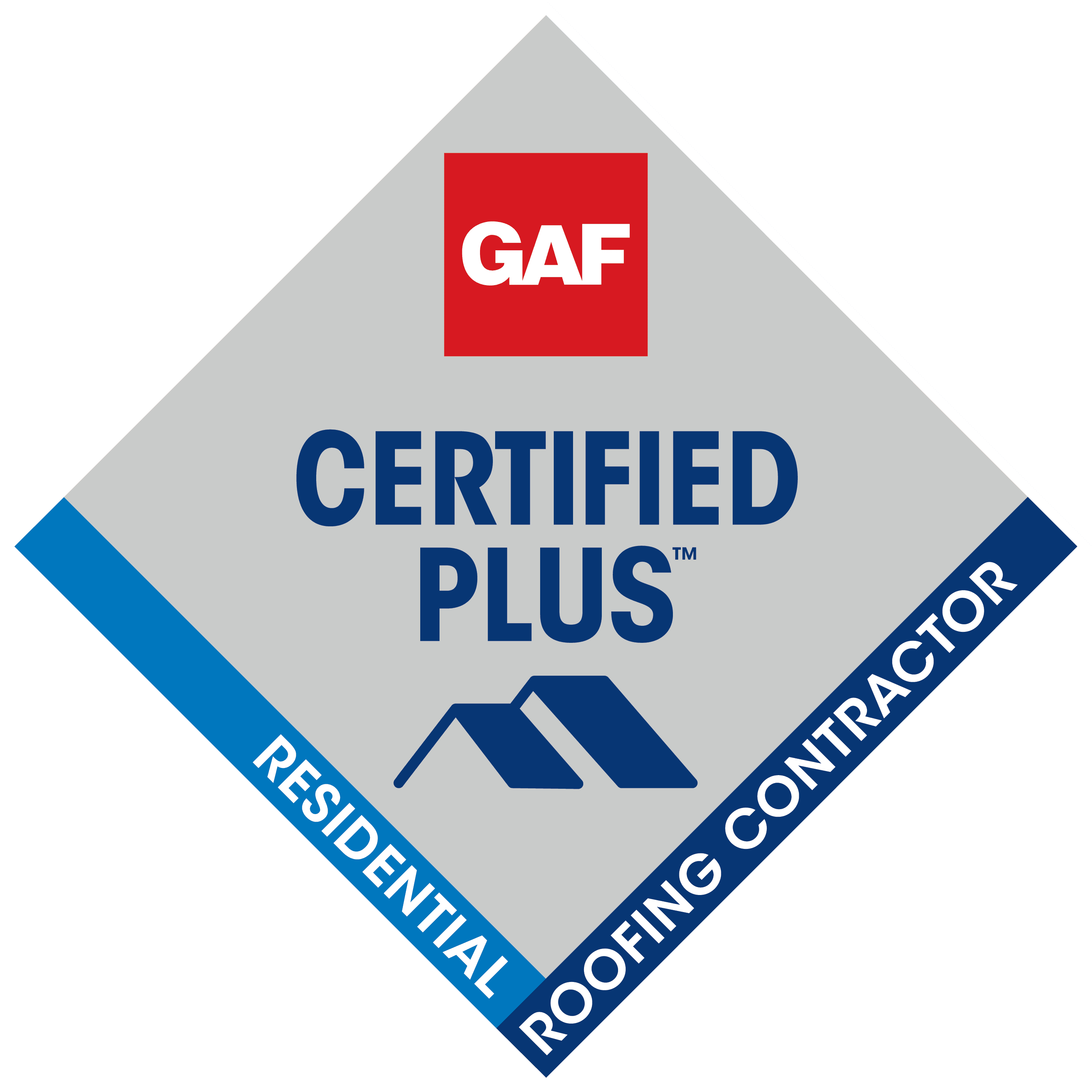Homes with history often have character, but they’re also more likely to have drafty rooms and rising energy costs. If yours feels too cold in winter or too warm in summer, lack of insulation might be the cause. Many homeowners are now asking whether blown in attic insulation in Delaware is the best choice for older homes. Here’s what you need to know.
Why Insulation Matters in Older Homes
Homes built decades ago weren’t always made with energy savings in mind. Walls and attics were often left with little or no insulation. Over time, the small gaps and cracks in an older home can let air escape, making your heating and cooling system work harder than it should.
Insulation helps block outside temperatures from creeping in. This keeps your home more comfortable and your energy bills lower all year long.
What Is Blown-In Insulation?
Blown-in insulation is made of small, loose pieces of material, usually fiberglass or cellulose, that are “blown” into place with a special machine. It fills every nook and corner, even the tight spaces that other types of insulation can miss.
This makes it a great option for attics, especially in older homes where the spaces may be uneven or hard to reach. It’s light in weight but does a good job of keeping warmth in during winter and blocking heat in the summer.
How It Compares to Other Insulation Types
You may have heard of other insulation types, like fiberglass batts or foam boards. These are often used in new construction or open wall cavities. But in an older home, taking down walls or floors just to add insulation can be expensive and messy.
Blown-in insulation is different because it can be added without removing walls. This makes it quicker and more cost-friendly for many homeowners. It’s especially helpful for attics, crawl spaces, and wall cavities that are already closed.
That’s why more homeowners are turning to blown in attic insulation in Delaware when upgrading their older homes.
Key Benefits for Older Homes
Here’s why blown-in insulation works well in older houses:
- Improves comfort: It helps keep rooms warmer in winter and cooler in summer.
- Reduces drafts: The small particles can seal tiny gaps where air leaks through.
- Lowers energy bills: Less heat escapes, which means your heating and cooling system doesn’t have to work as hard.
- Quick installation: Most projects can be done the same day.
- Less mess: No need to tear out walls or ceilings to get better insulation.
Older homes in Delaware deal with all kinds of weather—freezing winters, humid summers, and stormy days in between. That’s why insulation that fills in all the gaps is so important.
What About Fire Safety?
Some homeowners worry about adding insulation to older homes because of old wiring. This is a valid concern. Luckily, most modern blown-in insulation, especially cellulose, is treated with fire-resistant materials. Still, it’s smart to have a professional check your attic before installing anything. They can inspect for knob-and-tube wiring or other outdated systems that may need attention.
How Long Does It Last?
Blown-in insulation can last for many years, sometimes 20 years or more, depending on the material and conditions in your attic. It does not settle too much if it’s installed correctly, and it holds up well over time. A professional installer can also check if your attic already has insulation and whether you can simply add more on top to boost your home’s comfort.
Midway through your decision process, it’s helpful to speak with a company that regularly handles blown in attic insulation in Delaware. They’ll know what type of insulation works best for the age and condition of your home.
Signs Your Attic Needs New Insulation
If you live in an older home, here are some signs your attic may need more or better insulation:
- You feel temperature swings between rooms
- Your heating or cooling system runs often
- There are ice dams on your roof in winter
- Your energy bills seem high for the season
- The attic floor joists are visible through the insulation
Any of these signs can mean your current insulation is too thin, damaged, or missing in key areas.
Further Reading:
- Can My Home Get Spray Foam Insulation Without a Roof Replacement?
- Why Sealing Your Crawl Space is Important for Your Home’s Health
Let a Pro Take a Look
Having your attic inspected by a trained expert is the best way to find out if blown-in insulation is right for your home. A professional will measure your current insulation levels, look for moisture problems, and check for any hazards like old wiring or pest damage. They’ll then recommend the safest and most effective insulation solution.
BluSky Roofing provides expert help with blown in attic insulation in Delaware and works with homeowners to improve comfort, cut energy costs, and upgrade older homes with better protection. Whether you live in a historic house or a home that’s just a few decades old, we’re here to help you make the right call.
Contact BluSky Roofing today to schedule an attic inspection or learn more about blown in attic insulation in Delaware.




